John Hurrell – 12 May, 2011
With these paintings, the black is applied and then removed, as is then a second colour over the same section of canvas. No rivulets remain, only stains on the sides of the canvas stretcher, a smudgy wispy presence on the exposed canvas that takes up half the picture plane, and tiny coloured specks clinging to the edge of the adjacent untouched slab of colour.
This presentation of six subtractive oil paintings and one watercolour is a far less ‘streamy’ or ‘cascadey’ exhibition than what we usually expect from this artist. Normally when using turps and gravity he lets different coats of black and chroma mingle on the canvas, below where the block of layered (now removed) paint was once positioned.
Now in this show, looking at Innes’ paintings, the black is applied and then removed, as is then a second colour over the same section of canvas. No rivulets remain, only stains on the sides of the canvas stretcher, a smudgy wispy presence on the exposed canvas that takes up half the picture plane, and tiny coloured specks clinging to the edge of the adjacent untouched slab of colour. The traces, in other words, are more minimal. They are comparatively subtle, making the viewer’s detectivework harder.
Most of the paintings involve variations of removed red (orange, crimson, or madder) - with black undercoat subtracted first. One other presents a thin vertical line where paint has been removed on both sides, while another still shows where a vertical oblong of gorgeous greeny silvery-grey has been stripped off, leaving the other half on the left.
With this work, like the others, the resulting bare canvas surface with faint feathery traces and shadowy washes successfully competes with the adjacent carefully applied glistening skin of oil paint. Each half explains the other’s presence. An entirely intact oil covering or a totally ‘naked’ canvas would hide the stages in the process, and not allow the complete tale to get told.
John Hurrell
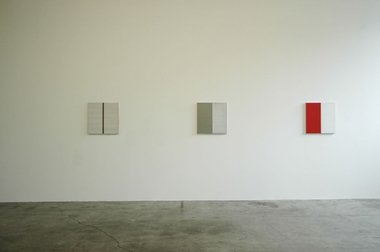
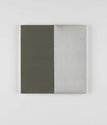
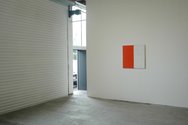
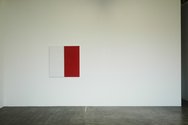
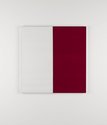
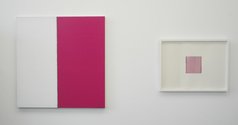
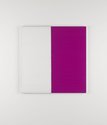
 Advertising in this column
Advertising in this column Two Rooms presents a program of residencies and projects
Two Rooms presents a program of residencies and projects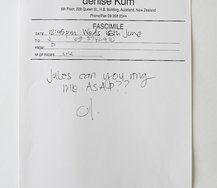
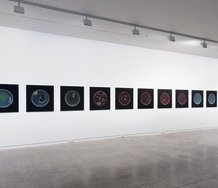
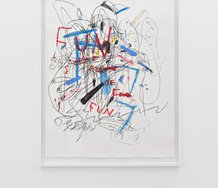

This Discussion has 0 comments.
Comment
Participate
Register to Participate.
Sign in
Sign in to an existing account.